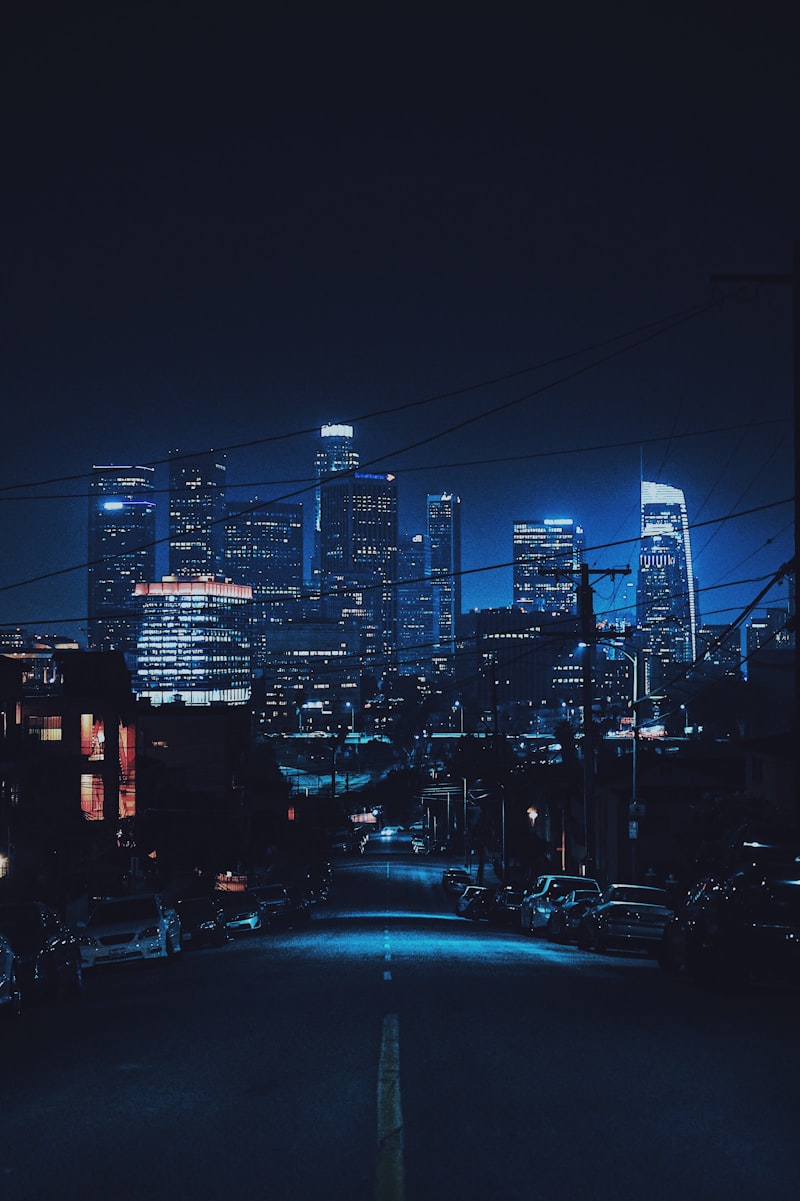Urban legends have long captivated our imaginations with chilling tales passed down through generations. From the dark corners of different cultures emerge stories that send shivers down our spines and leave us questioning what lurks in the shadows. These tales aren’t just about ghosts and monsters; they reflect the deepest fears and mysteries of their respective societies.
In Japan, the legend of Kuchisake-onna, or the Slit-Mouthed Woman, haunts the minds of many. This spectral figure, often depicted with a surgical mask and scissors, asks unsuspecting victims a chilling question: “Am I beautiful?” Those who answer incorrectly face a grisly fate at the hands of her scissors.
Moving to Mexico, La Llorona, the Weeping Woman, strikes fear into the hearts of those who hear her mournful cries near rivers and lakes. Legend has it she drowned her children in a fit of madness and now wanders, forever searching for them. Encounters with La Llorona are said to foretell misfortune or even death.
In Scotland, the legend of the Grey Man tells of a sinister presence lurking in the mist-shrouded Cairngorms. Travelers describe a sense of dread and unease as they encounter an unseen entity that stalks them through the fog. Many believe the Grey Man is a harbinger of storms or disasters in the mountains.
These tales, though diverse in origin, share a common thread: they tap into primal fears of the unknown and the supernatural. Whether you’re navigating the bustling streets of Tokyo or wandering the remote Scottish Highlands, these stories remind us that fear transcends borders and cultures, weaving a tapestry of eerie narratives that endure through time.
As we delve deeper into the folklore of different lands, we uncover more than just stories; we unearth the fears and beliefs that shape societies. Urban legends continue to evolve, adapting to modern times while preserving their spine-chilling essence. They remind us that in the darkest corners of our world, the line between myth and reality may blur, leaving us to wonder what truths lie hidden within the shadows.
Haunted Highways and Ghostly Hitchhikers: Urban Legends Around the World
In the United States, the infamous Route 66 is more than just a historic road; it’s a hotspot for paranormal enthusiasts. Travelers claim to have encountered the spirit of a young woman, thumb outstretched, seeking a ride to a destination unknown. Despite numerous reported sightings, her identity remains a mystery, adding to the allure of this haunted highway.
Across the Atlantic in Europe, the A229 motorway in England has earned its own spectral reputation. Drivers have recounted seeing a phantom hitchhiker dressed in white, appearing suddenly in the rear-view mirror only to vanish moments later. Local legends suggest she tragically perished on the road decades ago, forever doomed to seek a ride home.
Venturing into Asia, Japan’s winding Aokigahara Forest at the base of Mount Fuji is infamous not only for its natural beauty but also for its supernatural lore. Known as the “Sea of Trees” or “Suicide Forest,” it harbors tales of restless spirits and ghostly encounters. Travelers report strange noises echoing through the dense foliage and fleeting glimpses of figures that vanish upon closer inspection.
In Australia, the lonely stretches of the Stuart Highway have their own share of ghostly tales. Drivers have reported encounters with spectral figures wandering the roadside, disappearing as vehicles draw near. These apparitions are said to be remnants of tragic accidents that occurred along the remote highway, forever haunting those who traverse its isolated paths.
Whether driven by genuine encounters or fueled by overactive imaginations, these urban legends persist, weaving themselves into the fabric of each region’s cultural tapestry. They remind us that even in our modern world, the darkness of the unknown still holds sway over our deepest fears and curiosities.
From Mexico’s La Llorona to Japan’s Kuchisake-Onna: Terrifying Tales Unveiled

Imagine a world where the darkness holds more than just shadows – where legends and myths whisper chilling tales passed down through generations. Among the most spine-chilling are Mexico’s La Llorona and Japan’s Kuchisake-Onna, each embodying fear in its purest form.

La Llorona, known as the Weeping Woman, roams the rivers and lakes of Mexico, her cries echoing through the night. Legend has it she drowned her own children in a fit of madness, forever doomed to search for them in the afterlife. Those who hear her wails are said to face misfortune or even death, a haunting reminder of maternal betrayal and sorrow.
In contrast, Japan’s Kuchisake-Onna, the Slit-Mouthed Woman, prowls urban streets with a disfigured smile concealed beneath a surgical mask. Her origins are obscure, some tales tracing back to a jealous samurai who mutilated her out of spite. She asks unsuspecting victims a simple question – “Am I pretty?” – before revealing her ghastly, ear-to-ear grin. Those who answer incorrectly face a gruesome fate, sliced from ear to ear to mimic her own horrific visage.
These tales transcend mere ghost stories, ingrained in cultural fears and cautionary tales. They serve as warnings against betrayal, jealousy, and the consequences of societal taboos. La Llorona and Kuchisake-Onna continue to haunt the imaginations of those who dare to listen, their legends evolving with each retelling, a testament to the enduring power of fear and folklore.
In a world where reality and the supernatural blur, these tales remind us of the thin veil between the living and the dead, where vengeful spirits and restless souls linger, waiting for those who dare to venture into the darkness.
Beyond the Campfire: Modern Renditions of Ancient Urban Myths
Imagine wandering through the digital alleys of the internet, stumbling upon a virtual campfire where tales of old intertwine with the pulse of modern life. Here, ancient gods and heroes don new identities, reincarnated as protagonists in urban settings. These narratives blend the mystique of mythology with the familiarity of urban landscapes, creating a tapestry where Olympus meets skyscrapers and sirens sing from subway tunnels.
Take, for instance, the tale of the urban labyrinth—a metaphorical maze of city streets where the Minotaur may lurk in the guise of societal complexities. What was once a cautionary tale of hubris now mirrors the challenges of navigating a bustling metropolis, where every turn could lead to discovery or peril.
In this digital age, storytellers wield technology as their Orphic lyre, weaving narratives that captivate and challenge in equal measure. Through blogs, podcasts, and interactive media, they invite audiences to ponder age-old questions reframed in contemporary contexts: What if Prometheus stole fire in Silicon Valley? Could Pandora’s box be a smartphone, unveiling both wonders and woes with every swipe?
These modern retellings not only entertain but also provoke thought, prompting us to reconsider our own myths and legends in the light of today’s realities. They remind us that the human experience, despite its technological trappings, remains intertwined with the timeless themes of love, betrayal, and the quest for meaning.
Chupacabra, Skinwalkers, and Wendigos: North American Horror Legends Explored

The Chupacabra, known as the “goat sucker,” is a creature whispered about in hushed tones across Latin America and the southern United States. Described as a reptilian beast with red eyes and sharp fangs, it supposedly preys on livestock, draining their blood with eerie precision. Sightings have sparked panic and intrigue, blurring the line between myth and reality.

Meanwhile, the Skinwalkers of Navajo legend possess the ability to shapeshift into animals at will, using dark magic to terrorize and harm. They are believed to be malevolent witches who have forsaken humanity for sinister power, haunting the desolate landscapes of the American Southwest with their unsettling presence.
In contrast, the Wendigo embodies the primal fear of cannibalism and insatiable hunger. Originating from Algonquian folklore, this malevolent spirit is said to possess humans who resort to cannibalism in extreme conditions, transforming them into monstrous beings driven by an unending craving for human flesh. It symbolizes the depths of human depravity and the consequences of succumbing to primal urges.
These legends, while diverse in origin and nature, share a common thread of evoking primal fears and cautionary tales. They serve as cultural touchstones, reminding us of the mysteries that still shroud the wilderness and the darker corners of human imagination. Whether believed wholeheartedly or dismissed as mere stories, these North American horrors continue to intrigue, leaving us to ponder the thin veil between reality and the supernatural.
Frequently Asked Questions
How can you distinguish between fact and fiction in urban legends?
Learn how to differentiate between fact and fiction in urban legends with practical tips and critical thinking strategies.
Which cultures have the most terrifying urban legends?
Discover which cultures are known for the most terrifying urban legends in this concise FAQ. Explore eerie tales rooted in Japanese folklore, spine-chilling stories from Mexican folklore, and haunting narratives from European and American traditions.
What are urban legends and why do they scare us?
Learn about urban legends and their impact on us. Discover why these tales, often rooted in folklore or modern myths, evoke fear and fascination among people. Understand the psychological and cultural factors that make urban legends compelling and how they continue to shape popular beliefs.
Are there any real-life events behind famous urban legends?
Learn whether famous urban legends are based on real-life events with concise explanations on their origins and historical contexts.
How do urban legends evolve over time and across cultures?
Discover how urban legends change and spread across different cultures and time periods. Explore the fascinating evolution of these stories as they adapt to new settings and contexts.



